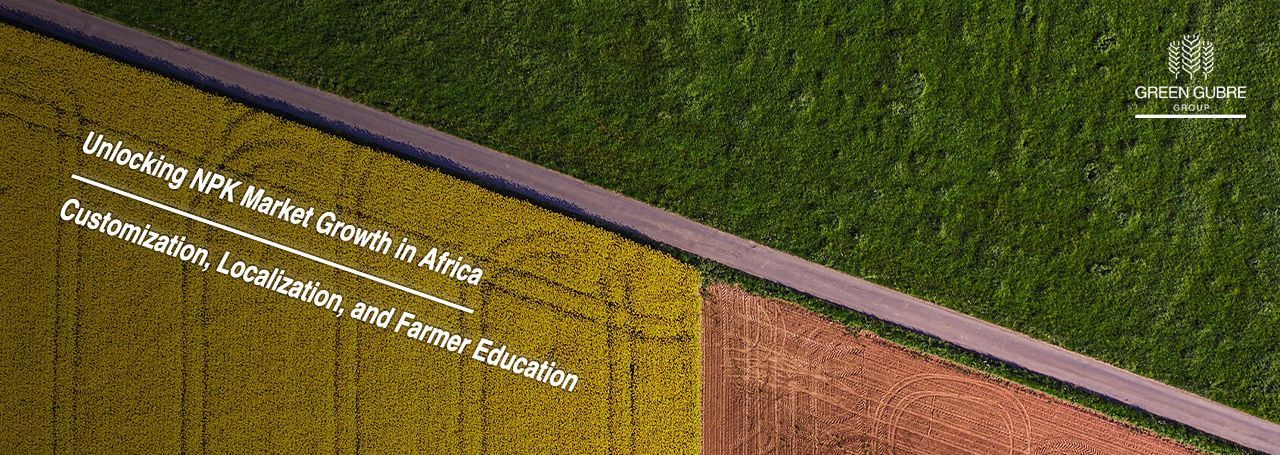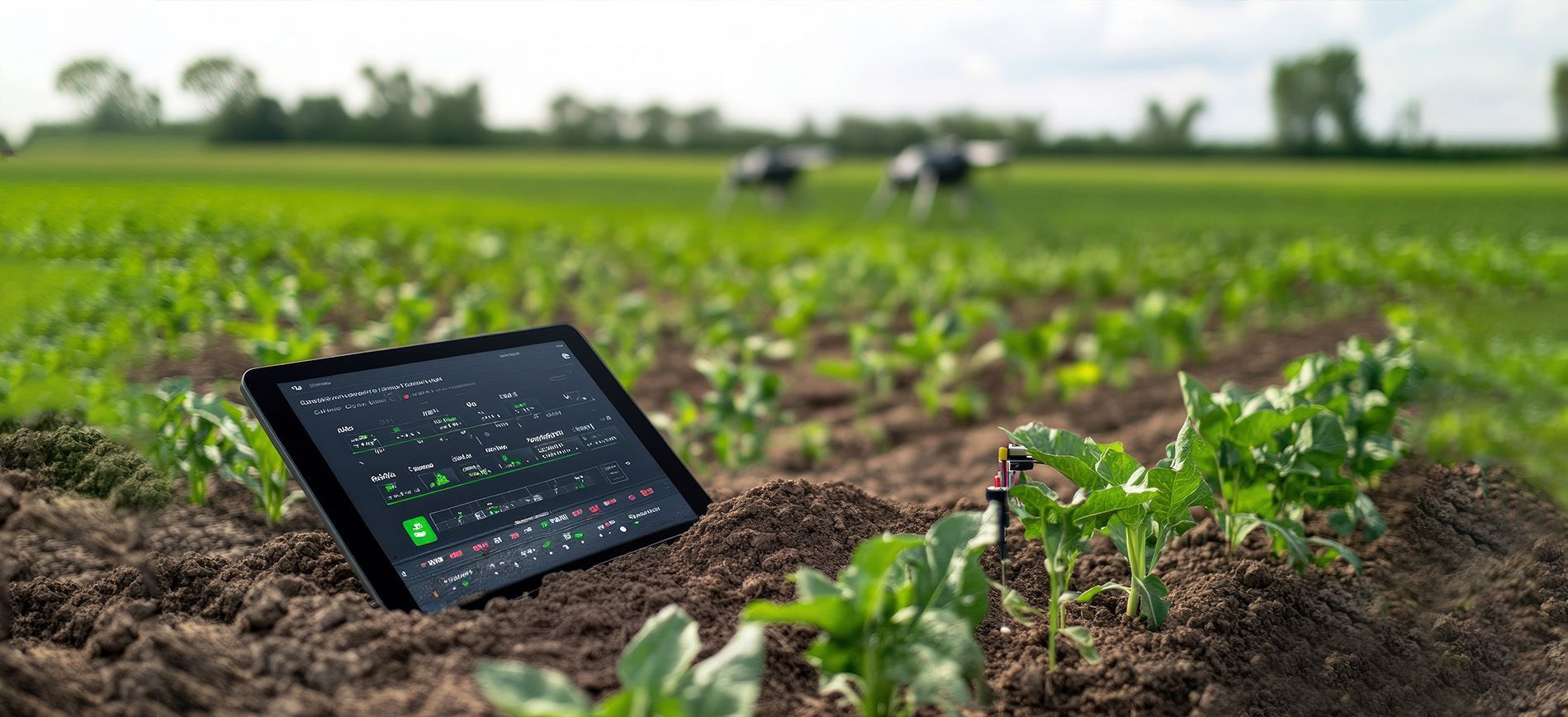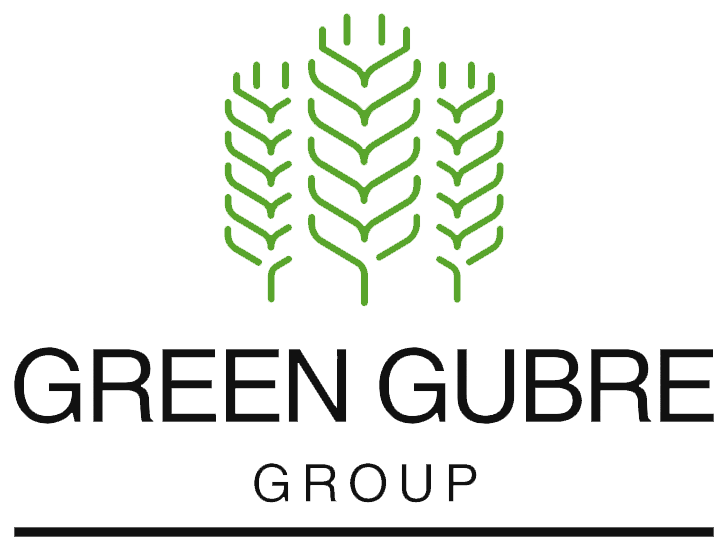Unlocking NPK Market Growth in Africa – Customization, Localization, and Farmer Education
Unlocking NPK Market Growth in Africa – Customization, Localization, and Farmer Education

Introduction: Why NPK Fertilizers Hold the Key to African Crop Yields
While nitrogen-based fertilizers like urea dominate African markets, balanced nutrition is often lacking. Many African soils are deficient in phosphorus and potassium, leading to suboptimal crop yields. This is where NPK fertilizers—blended to suit local soils and crops—play a vital role.
As Africa moves toward more productive and sustainable farming, expanding the NPK market is essential. But success depends on more than just imports. It requires customized formulations, local blending, and farmer education.
This blog explores unlocking Africa’s NPK potential with tailored products, better supply chains, and effective market communication.
1. Africa’s Nutrient Deficiency Challenge
Many African soils are naturally low in phosphorus and potassium due to weathering, poor organic matter, and decades of under-fertilization. Farmers often rely on urea alone, leading to:
- Nutrient imbalances
- Soil exhaustion
- Lower yields in high-demand crops like maize, rice, and vegetables
By contrast, NPK blends deliver complete nutrient packages, especially tailored to local conditions.
2. Localized NPK Formulations: One Size Doesn’t Fit All
Africa’s diversity of soils and crops means that standard NPK blends aren’t enough. Countries now demand customized solutions:
Examples of Localized NPK Needs:
- Kenya: 23-23-0 for maize in Western Highlands; 17-17-17 for vegetables in Central Kenya.
- Nigeria: 20-10-10 or 15-15-15 for cereals and legumes in the Northern belt.
- Ghana: 10-20-20 + Zn for cocoa in forest zones.
- Ethiopia: 14-23-14 with sulfur and boron for teff and maize.
Strategy for Entry:
- Offer flexible blending partnerships with local companies.
- Use soil testing data to back your formulations.
- Partner with NGOs or extension agencies to roll out farmer trials.
3. Boosting Local Blending Capacity: A Win-Win Strategy
Rather than exporting finished blends, international suppliers can support local NPK blending to reduce logistics costs, adapt to policy incentives, and create local value.
Success Models:
- OCP Africa’s Smart Blending Units are operational in 15 countries.
- Nigeria’s Presidential Fertilizer Initiative combines imported raw materials with local production.
- Ethiopia’s Ethio-NPK Plant is co-funded by the government and development partners.
Your Advantage: Suppliers of bulk straight fertilizers (urea, DAP, MOP) can secure long-term deals by tying into these blending operations.
4. Farmer Awareness and Extension: Bridging the Adoption Gap
Even the best fertilizers won’t work if farmers don’t know how or why to use them. NPK marketing in Africa must go beyond the bag:
Key Awareness Channels:
- Demo plots with cooperatives and NGOs.
- Radio campaigns in local languages.
- Digital apps and WhatsApp groups with dosage instructions and pricing.
- Agrodealer training to provide product education and soil knowledge.
Pro Tip: Bundle NPK fertilizers with crop-specific guides and small bag sizes (2kg–10kg) to make them affordable and trial-ready.
5. Trade Corridors and Policy Incentives
Growing NPK markets depend on seamless trade routes and supportive policy frameworks. Focus on countries offering:
- Import duty waivers for fertilizer inputs.
- Fertilizer subsidy integration with NPKs (e.g., Ghana, Kenya, Nigeria).
- Public-private procurement models for national distribution.
Key Logistics Entry Points:
- Tema (Ghana): Strong connectivity to West African hinterlands.
- Mombasa (Kenya): Access to East Africa and the Great Lakes Region.
- Durban (South Africa): Southern corridor blending and packaging hub.
Conclusion: NPK Is Africa’s Fertilizer Multiplier
As African countries seek higher food security, climate resilience, and yield growth, NPK fertilizers will play a central role. But to win this market, suppliers must offer more than just products—they must deliver customization, communication, and collaboration.
From localized blending to last-mile distribution, demo plots to digital extension, the future of NPK in Africa is wide open—and ready for strategic partners who understand the whole supply chain.




